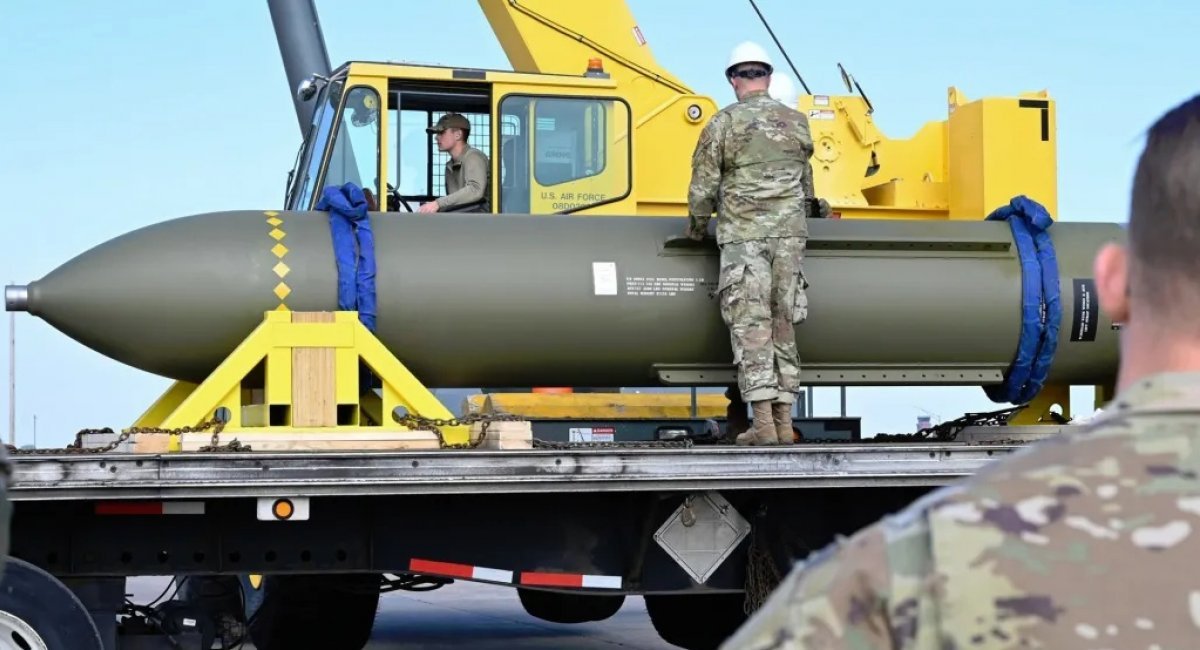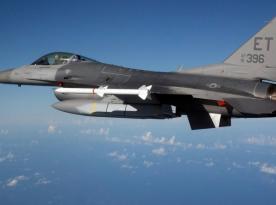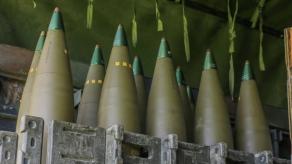In June, the U.S. Air Force reportedly deployed the GBU-57 in combat for the first time, dropping 14 of these bombs from seven B-2 bombers on Iranian nuclear facilities. This operation sparked renewed interest in the total number of GBU-57s in U.S. inventory. Given the slow production rate, cautious estimates suggest that only a few hundred such bombs exist.
Interestingly, plans for a replacement began almost as soon as the MOP was introduced. The first GBU-57s were ordered in the spring of 2011, with deliveries beginning that September. However, discussions about a more powerful successor were already underway in the 2010s. As TWZ reports, the Next Generation Penetrator (NGP) program was launched during that time to create an advanced alternative to the GBU-57.
Read more: U.S. Hits iranian Nuclear Sites with 14 GBU-57 Bombs: How Many Are in Stock, and How Fast Are They Made?
More information about the new bomb’s specifications was released in early 2024. The warhead is expected to weigh 22,000 pounds (approximately 9,979 kg) or less. However, no official details have been disclosed regarding the total weight of the system.
For comparison, the GBU-57/B MOP weighs 27,125 pounds (12,304 kg), including 5,342 pounds (2,423 kg) of explosive material. Despite its lower weight, the NGP is expected to match or exceed the destructive capability of the MOP through enhanced precision and improved penetration.
One of the most notable features of the new bomb is its exceptional accuracy, even under degraded signal conditions. The weapon is reportedly designed to hit targets with a circular error probable (CEP) of no more than 2.2 meters in 90% of cases, even in GPS-denied environments.
For context, the JDAM has a CEP of about 5 meters under ideal conditions, which can degrade to as much as 30 meters without GPS. The NGP, therefore, promises to be one of the most accurate and capable deep-penetration bombs ever developed.
Read more: Germany’s Military Build-Up: 1,000 Leopard 2 Tanks and 2,500 Boxer APCs for NATO Defense














